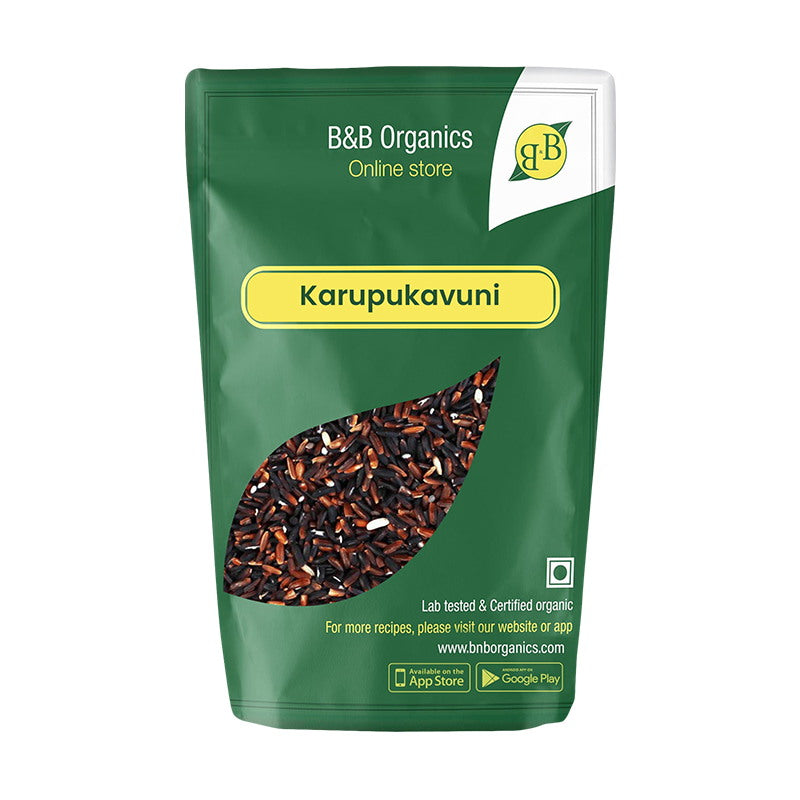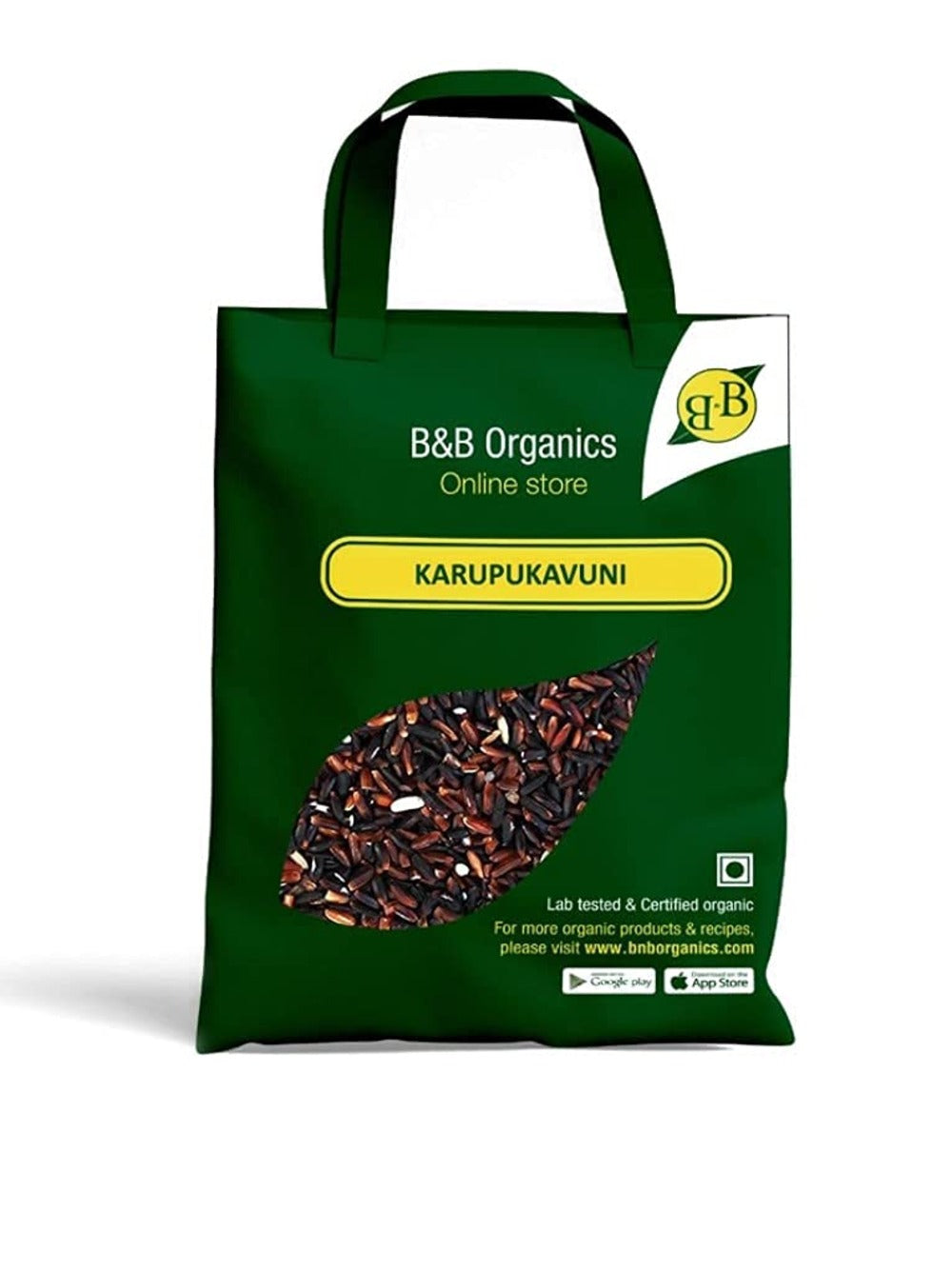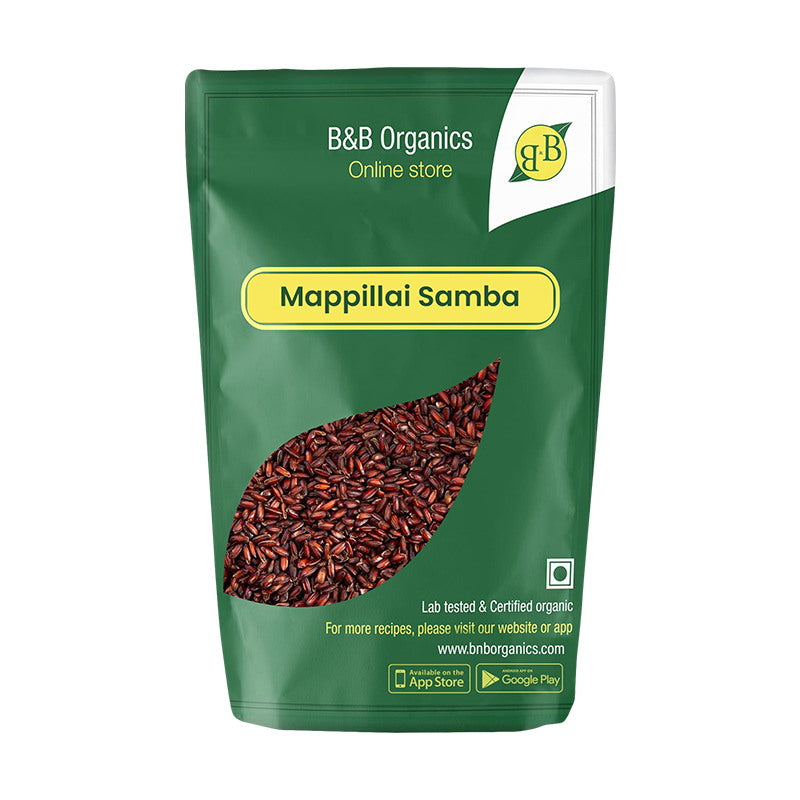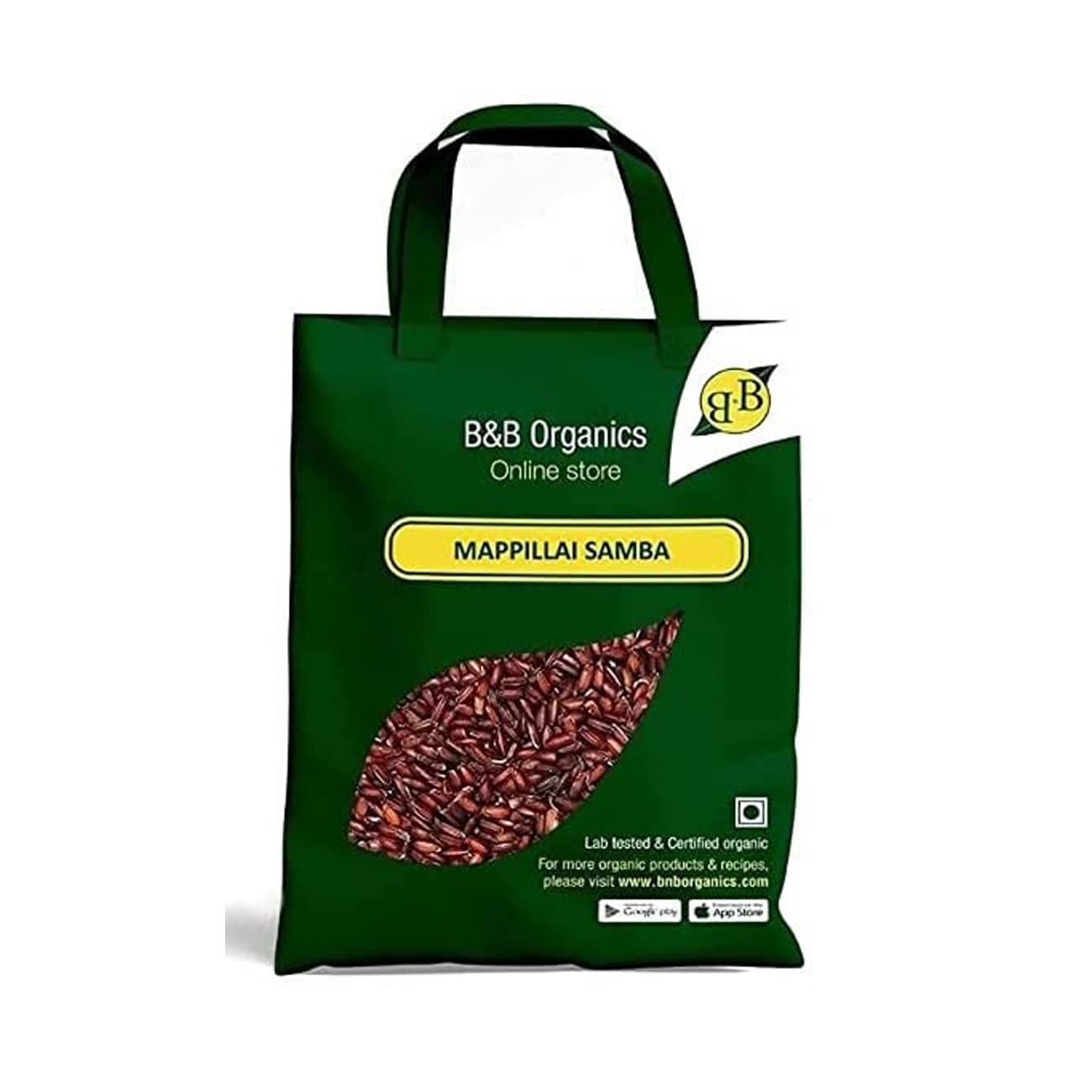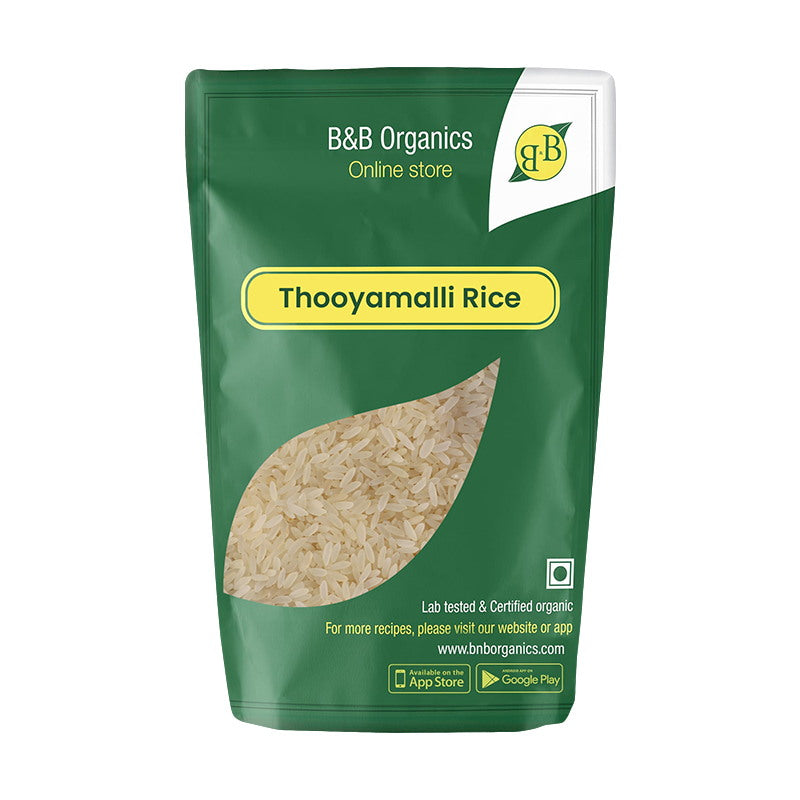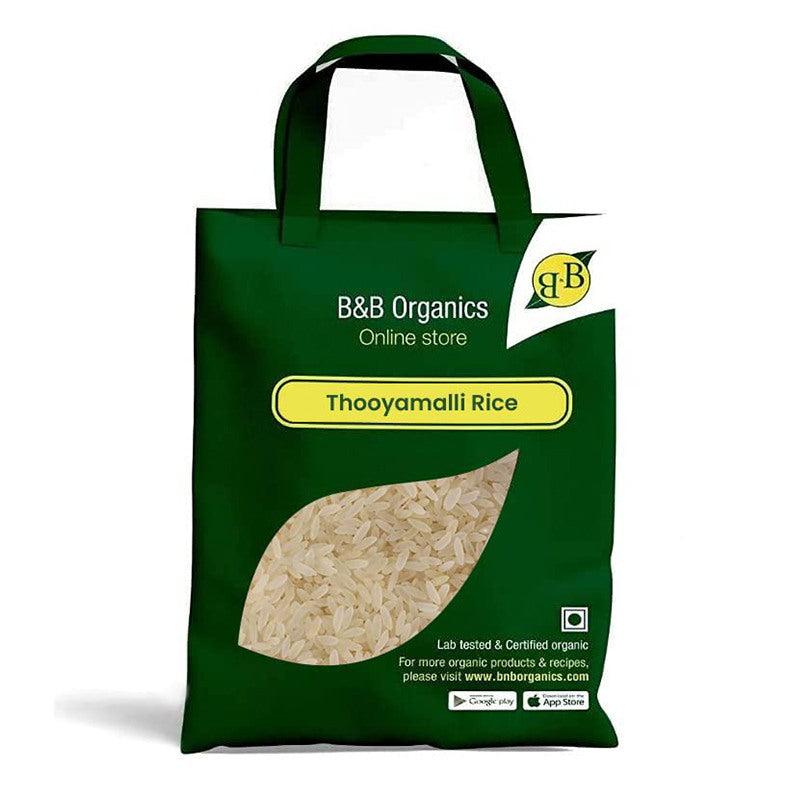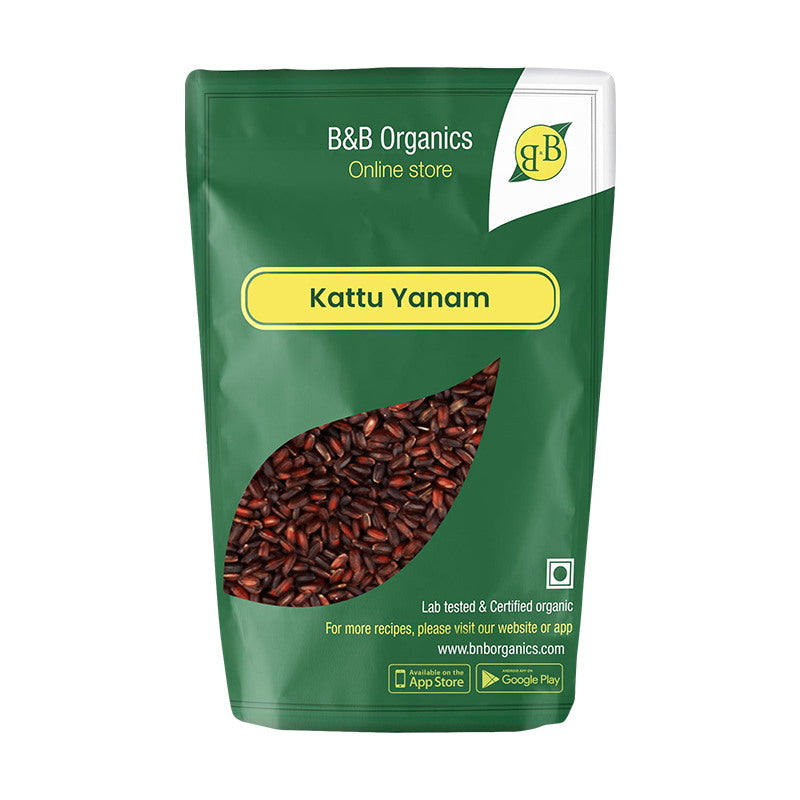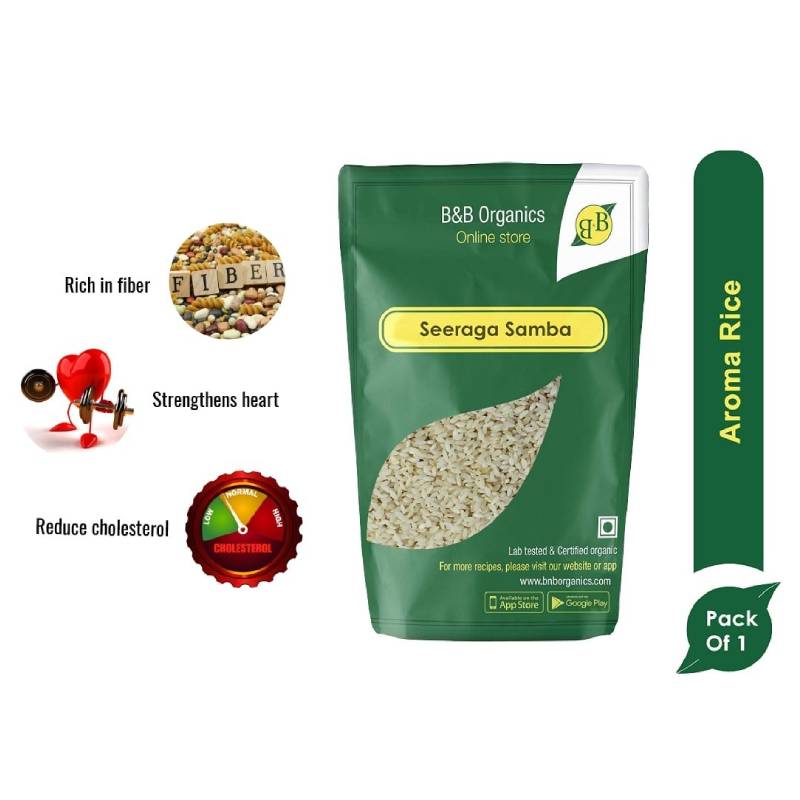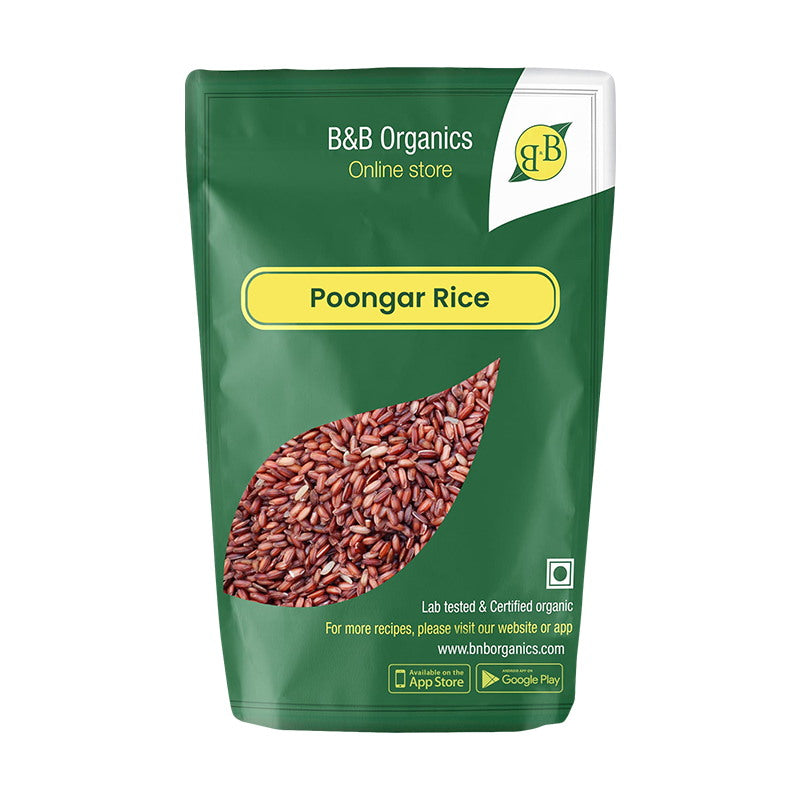Diabetes is a chronic condition that affects millions of people worldwide. Managing diabetes involves making healthy food choices to help control blood sugar levels. One food that has gained attention for its potential health benefits, especially for people with diabetes, is millet. Millet is a group of small-seeded grasses grown in semi-arid regions and is a staple in many diets around the world. But can people with diabetes eat millet, and are there benefits?
Millet is a highly nutritious grain that is gluten-free and rich in vitamins, minerals, and antioxidants. It is also a good source of fiber and protein, which can help regulate blood sugar levels and keep you feeling full longer. For people with diabetes, incorporating millet into their diet can be a healthy choice, but moderation is key.
One of the key benefits of millet for people with diabetes is its low glycemic index (GI). The GI is a measure of how quickly a food raises blood sugar levels. Foods with a low GI are digested and absorbed more slowly, leading to a slower and more stable rise in blood sugar levels. Millet has a low GI, making it a good choice for people with diabetes looking to manage their blood sugar levels.
Additionally, the high fiber content of millet can help improve blood sugar control. Fiber slows down the absorption of sugar in the bloodstream, preventing spikes in blood sugar levels. It also helps promote feelings of fullness, which can aid in weight management, another important factor in diabetes management.
Millet is also rich in magnesium, a mineral that plays a crucial role in glucose and insulin metabolism. Studies have shown that magnesium deficiency is common in people with diabetes and can contribute to insulin resistance. Incorporating magnesium-rich foods like millet into your diet can help improve insulin sensitivity and blood sugar control.
Another benefit of millet is its versatility. It can be used in a variety of dishes, from breakfast porridge to salads and pilafs. This makes it easy to incorporate into your diet in a way that suits your tastes and preferences.
Despite its many benefits, it's important to note that millet, like all foods, should be consumed as part of a balanced diet. Portion control is important, as eating too much of any food, even one as nutritious as millet, can lead to weight gain, which can negatively impact blood sugar control.
In conclusion, millet can be a healthy addition to the diet of people with diabetes. Its low GI, high fiber content, and abundance of nutrients make it a nutritious choice that can help manage blood sugar levels. As with any food, moderation is key, and it should be consumed as part of a balanced diet to reap the most benefits.



